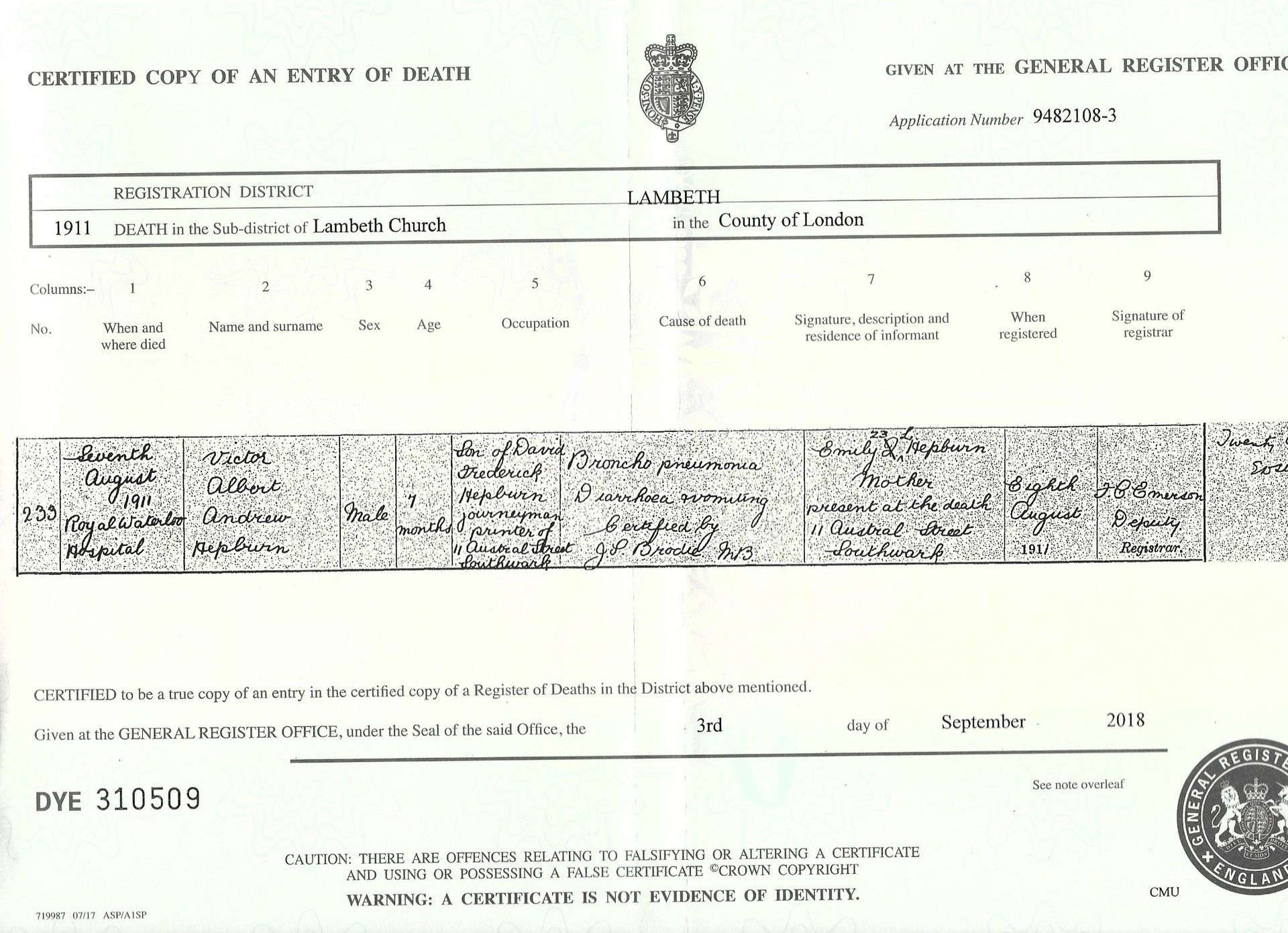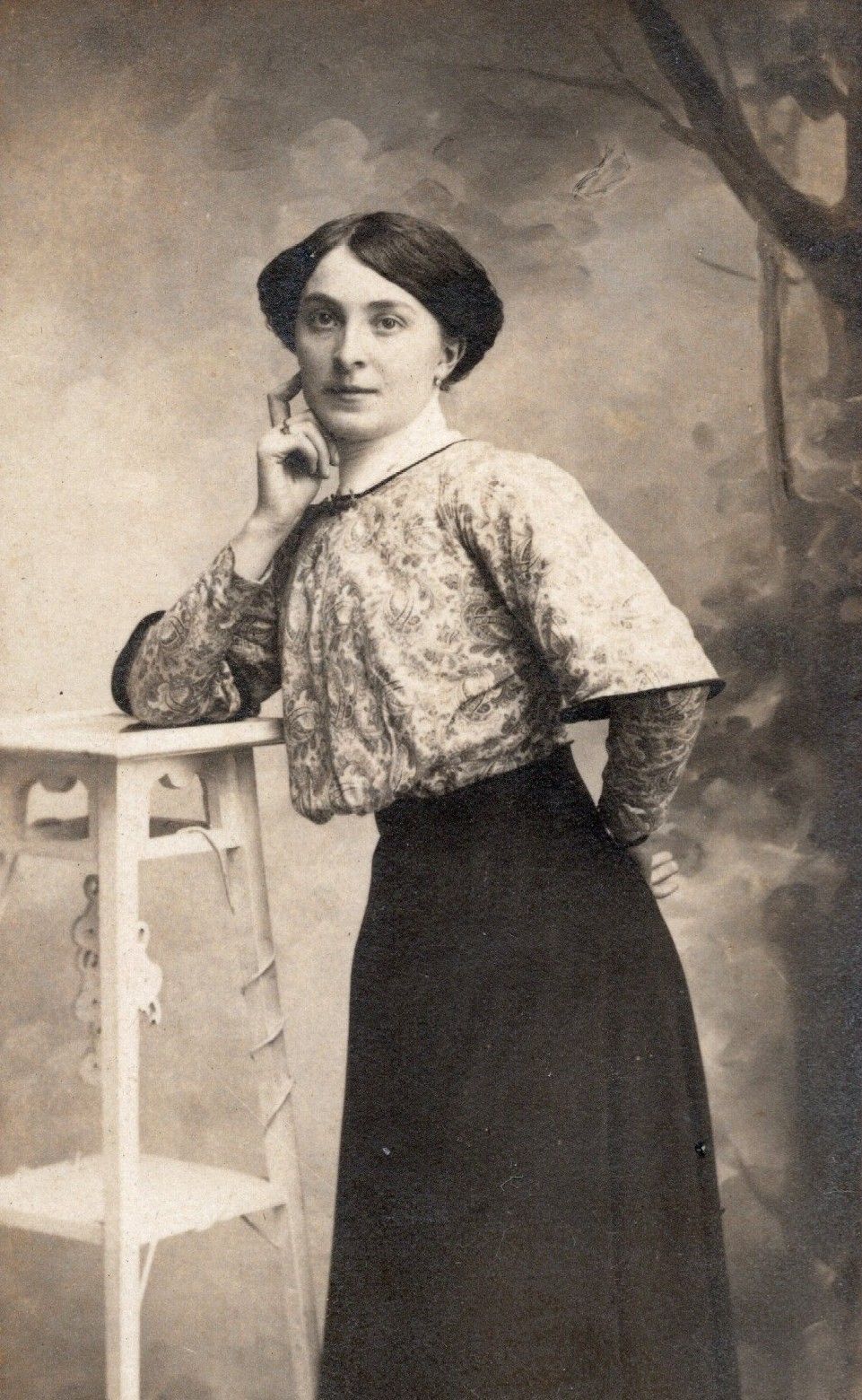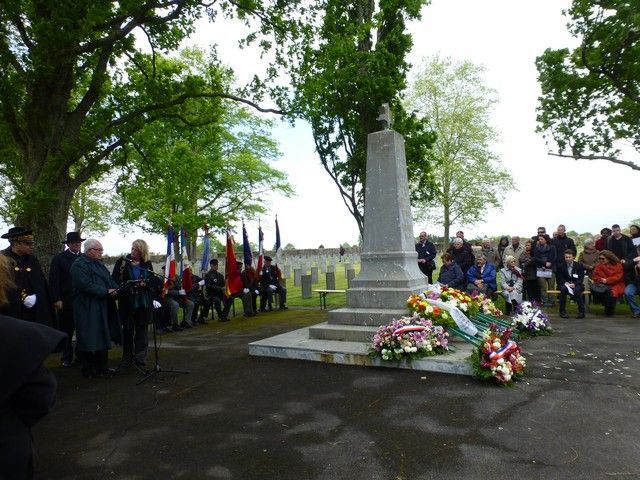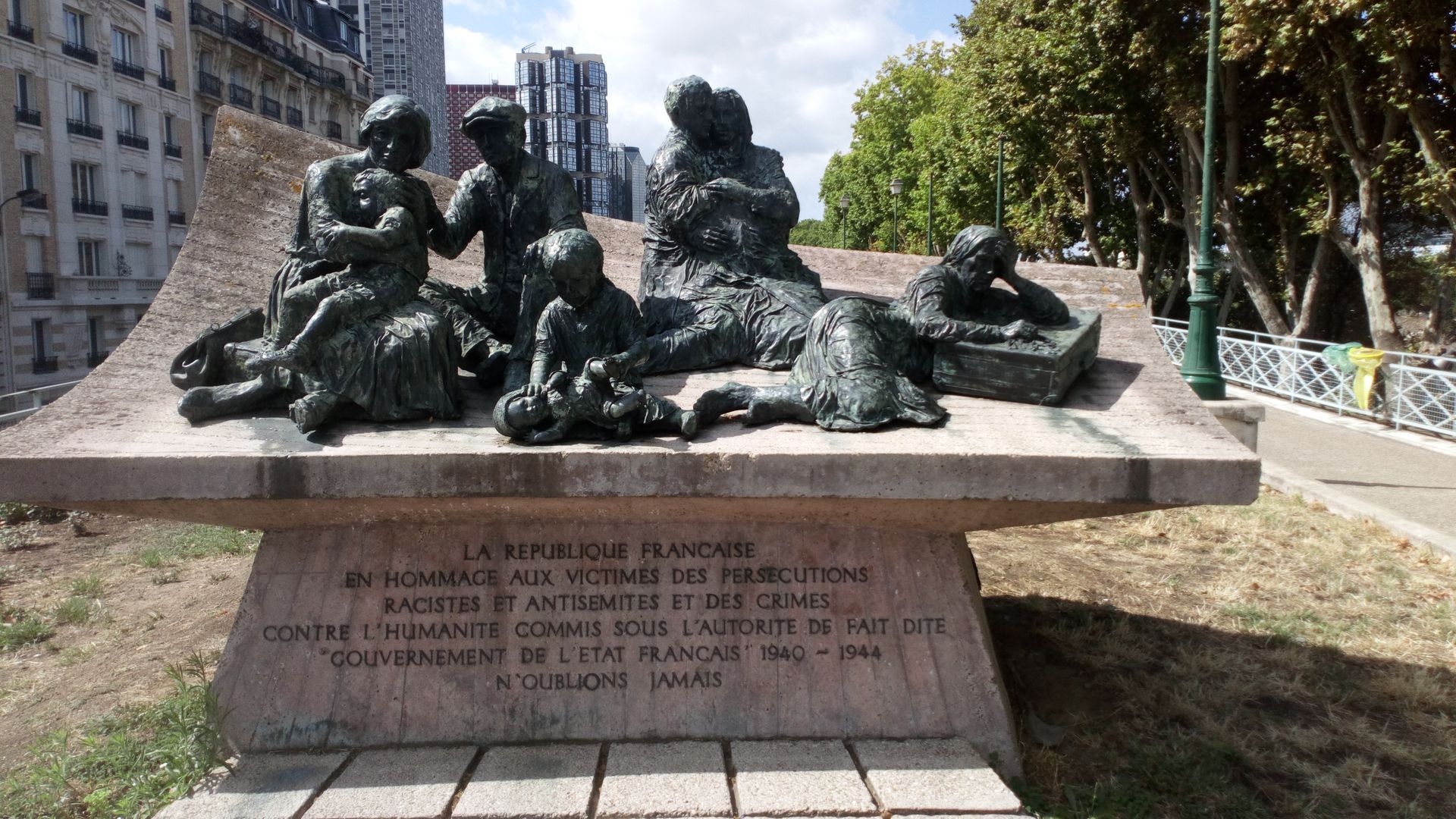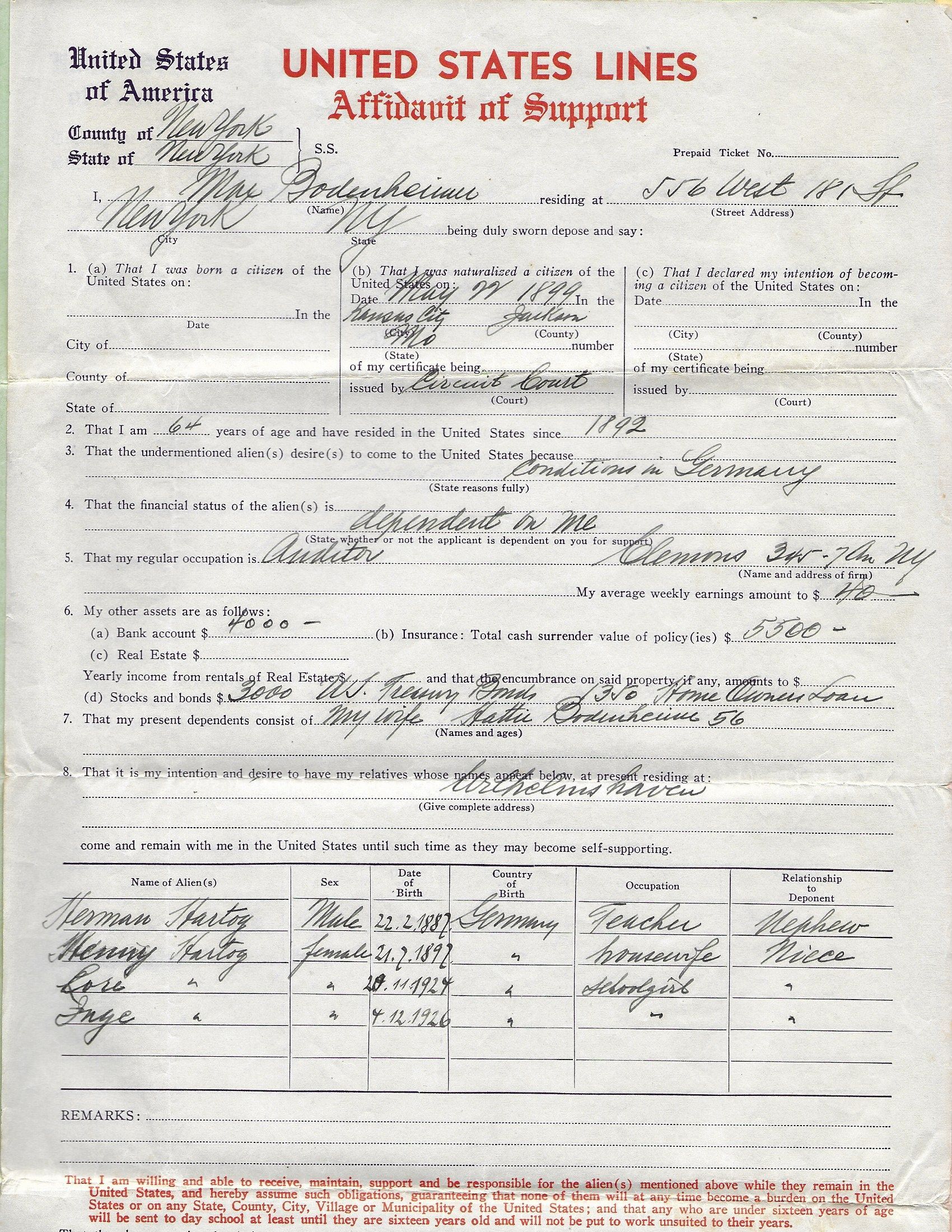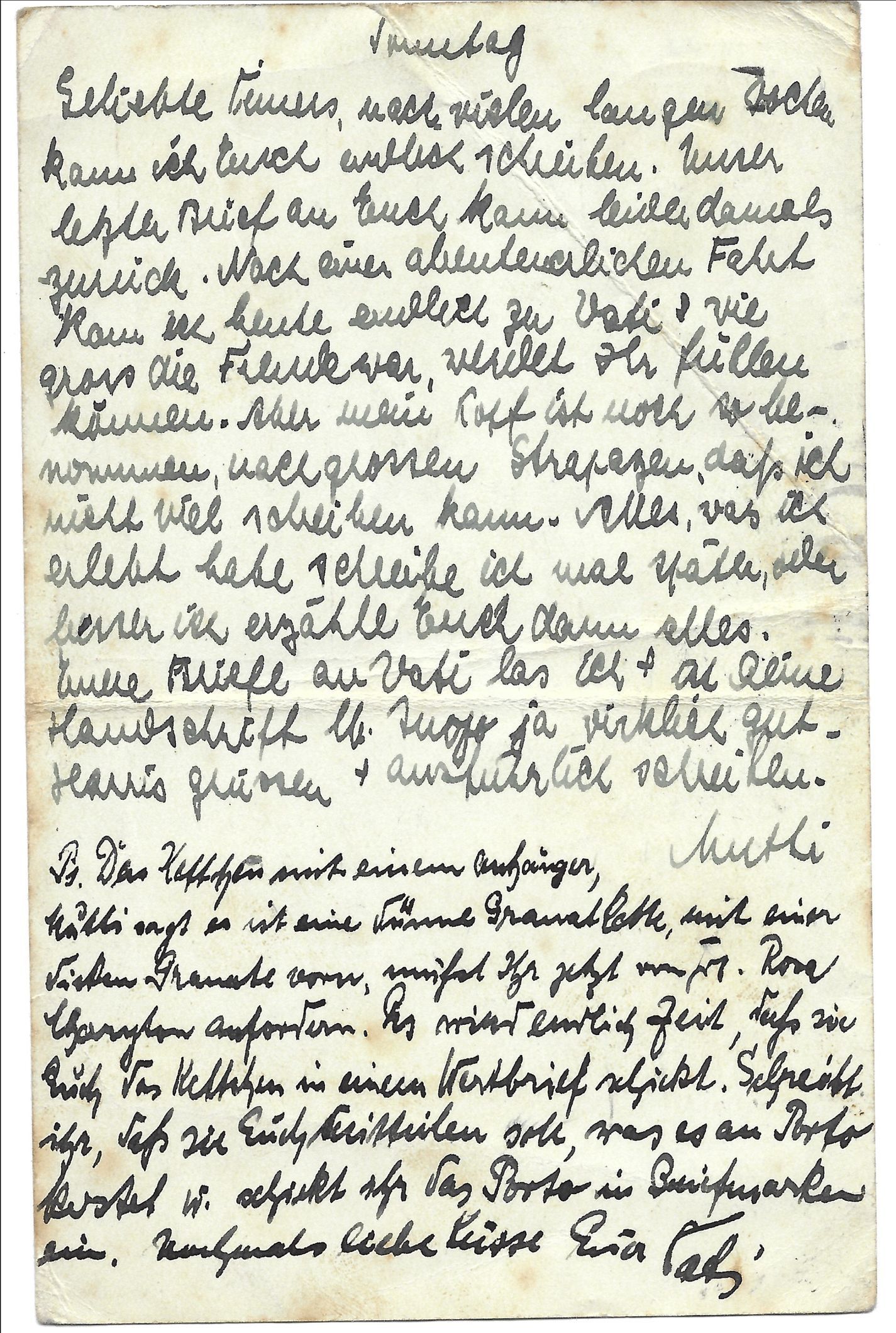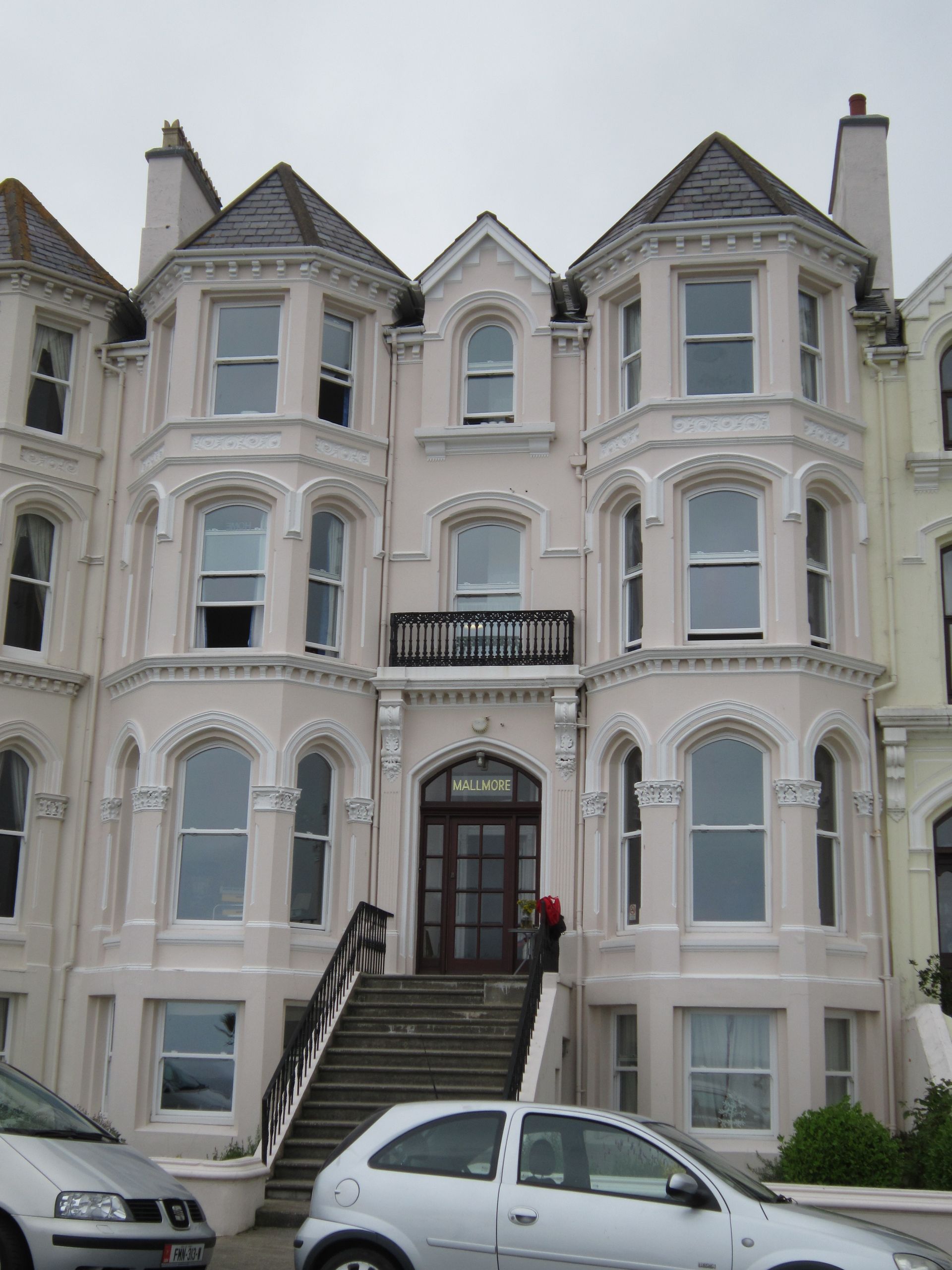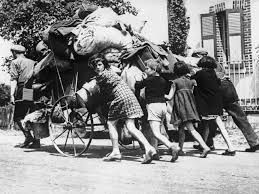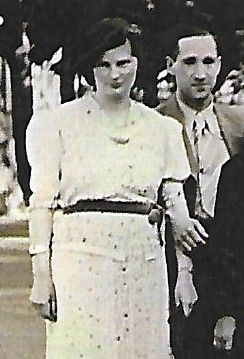remembrance between the wars
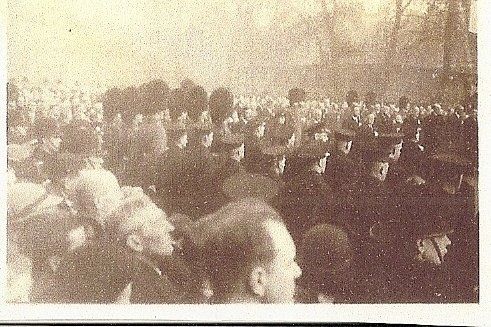
On 11 November 1926 Herbert Sulzbach was staying in London on business. As he walked down the Strand at about 11 o'clock he was astonished as silence fell all around him. For two minutes, buses and cars came to a standstill, people stood quietly, and men removed their hats. He was deeply impressed by the respect shown to the dead of the Great War on this Armistice Day.
When the original armistice had been declared in 1918 he had been a senior lieutenant in the German army on the Western Front and it had been his duty to read the order to lay aside arms to his men. Proud but humiliated, defeated and stricken to his soul, he had then led them on the march back to Germany.
The following years had not been easy, with revolution in the cities and a deteriorating economic situation. As he wrote to French friends, 'After all these years, we now see the results of that terrible war'. But his memory of his four years as a soldier remained very strong. On that business trip in 1926 his respect for the British became even greater as he experienced their solemn remembrance of the war.
Some years later, as a refugee from Hitler, Sulzbach was living in London and was one of the huge crowd at the Cenotaph in Whitehall on Armistice Day 1937. Again, he marvelled at the dignity, ceremony and respect accorded to 'the glorious dead' and those who had been bereaved by the war. He appreciated the lack of triumphalism and the solemnity.
In 1920, viewing the chaos all around him in Germany, and thinking back to his patriotic time as a soldier, he had written in his dairy, 'Weep for this poor, dead German Reich!' His day at the Cenotaph had shown him a different approach.
(text © Ainslie Hepburn, photo of Armistice Day at the Cenotaph, London 11.11 1937 © Yvonne Klemperer)
